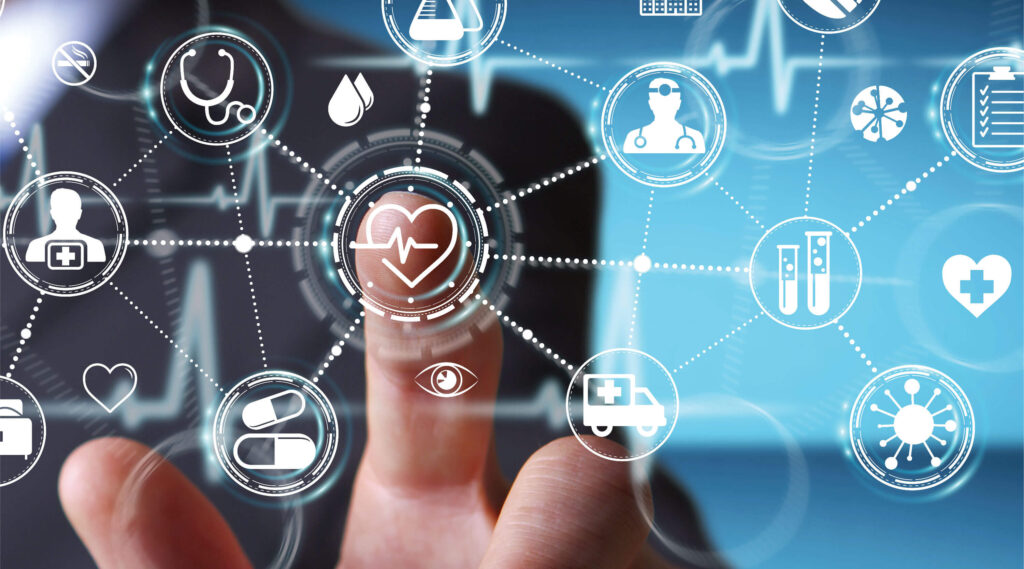Does your agency’s Electronic Health Records (EHR) software currently interface with a Regional Health Information Organization (RHIO), also referred to as Qualified Entities (QE)? Health information exchange (HIE) allows the secure and confidential electronic sharing of health data, ensuring providers have access to the most accurate and up-to-date information about an individual’s health and treatment history. Integrating with a RHIO allows an EHR software to be part of the Statewide Health Information Network for New York (SHIN-NY). The SHIN-NY enables and supports value-based care, reducing unnecessary or duplicative treatment, leading to better care, healthier patients, and lower costs for your agency.

The first step in evaluating an EHR software in its ability to interface with a RHIO is what data and data sets can the EHR software produce. RHIOs have strict data requirements that not only include specific data sets, but also data format and data code systems. EHR software must understand and become very familiar with several data code systems including (but not limited to): ICD10, SNOMED CT, LOINC, RxNorm, CDC Race and Ethnicity, NCI Thesaurus, etc. Using these data code systems, the EHR software should be able to produce structured data for individual users to easily identify the data input. This data input is paramount for the sending of data to a RHIO. If the data input is not validated against these code systems, the interface is bound to fail.
A very important consideration is how the EHR software fully utilizes a Continuity of Care Document (CCD). Using the data sets and coded systems above, the EHR software must compile this into a CCD. A CCD is a large XML file that contains: patient name, data of birth, ethnicity, race, gender, sex, birth sex, address, care team members, medications, diagnoses (also known as problems or conditions), allergies, medication allergies, immunizations, procedures, vital signs, social history, care plans, goals, etc. The list is exhaustive and not all RHIO’s require all of this data. It is crucial the EHR software can be dynamic or flexible enough to collect and store this data, but also be versatile in sending the unique required data to specific RHIO’s.
This is the first of a four part series. In our next entry we will explore why the CCD interface is important to you and your agency’s personal care to its individuals and families.